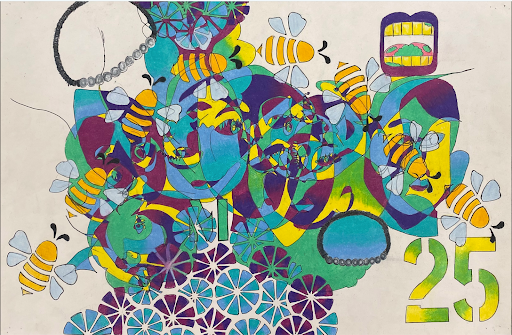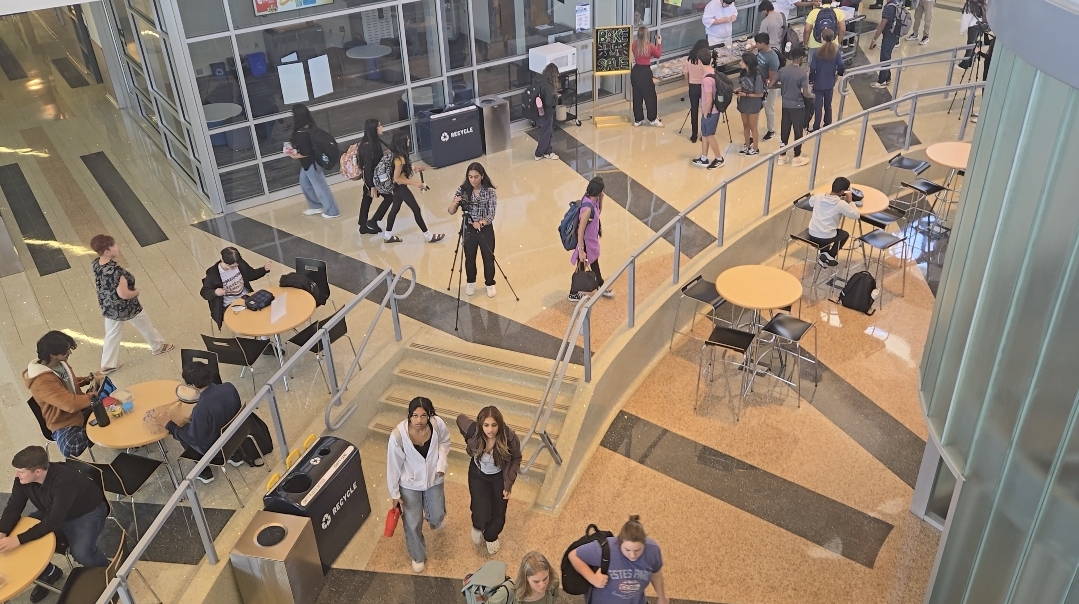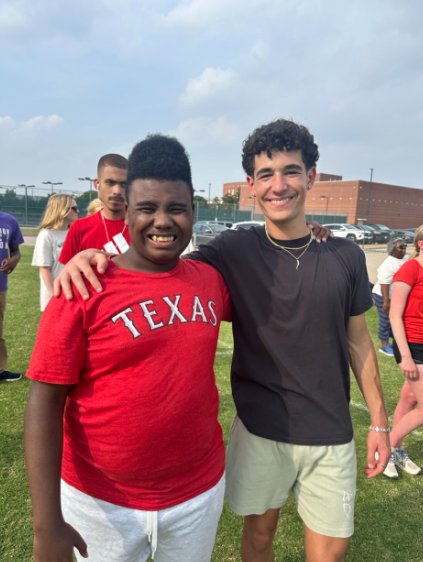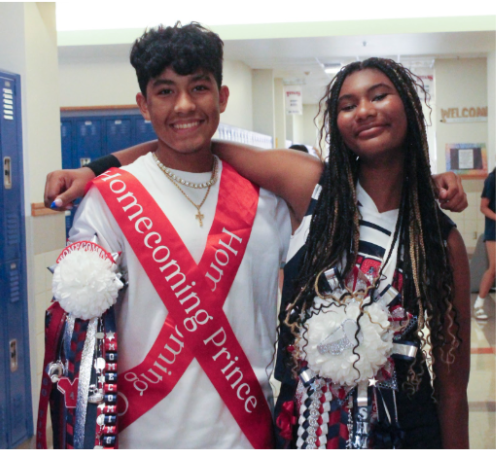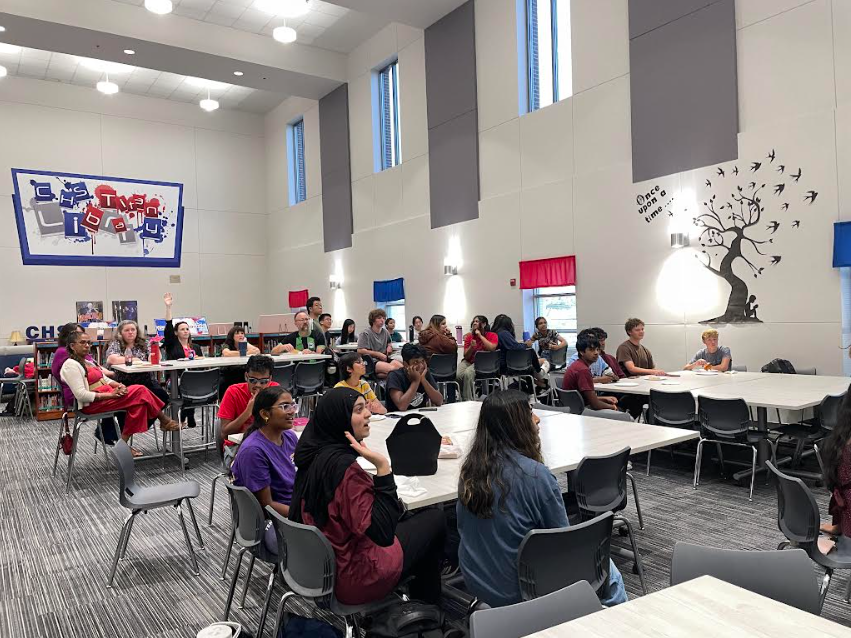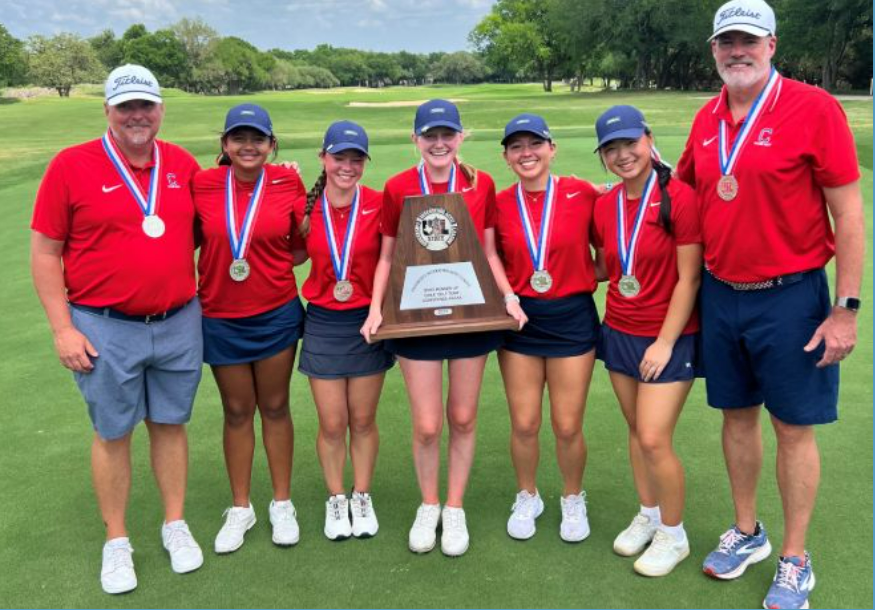FRISCO, TX- From the recent construction of a plaza in downtown Frisco to the upcoming grand opening of Kaleidoscope Park, Frisco has had many projects they’ve decided to implement to add to the city. The Grand Park is the newest addition Frisco has been passionate about.
According to the City of Frisco website, Grand Park is named a world-class urban oasis for Frisco residents and visitors alike. It is an intentionally designed community space that allows all ages and abilities to play, explore, discover, and connect. The park will span 1,011 acres from the Dallas North Tollway to Lake Lewisville and FM423.
The Grand Park will be divided into five districts: an adventure play area, sports park, botanic garden, nature conservatory, and Civic Park. The adventure play area will have playgrounds, treehouses, and an area for action play. The sports park will include a baseball field, pickleball and volleyball courts, a soccer field, a dog park, a basketball court. and a skate park. The Botanic Gardens and Nature Center are slated to have a restaurant, formal gardens, greenhouses, and additional trails. The Civic Park will feature an amphitheater, splash pads, picnic pavilions, a five-acre pond, playgrounds, treehouses, and natural trails.
The Frisco City Council has been planning Grand Park for a long time. Plans began in late 2022 when the Big Bluestem Trail opened. In 2023, Frisco partnered with IDEO to create a vision for Grand Park. The Frisco City Council met in January to establish the guiding principles and create a visual statement for a meeting on Jan. 16; the Design Workshop presented frameworks for the park on Jan. 18.
In the June work session, they reached a consensus on the park’s conceptual plan with an agreement on the balance between park land and commercial areas and decided on the amenities and features to be included in Phase 1 of the construction. For the conceptual plan, they picked two iterations out of the three presented to be combined. The Districts iteration has the best marketing, theming, and discovery opportunities and creates a clear Phase 1 entry to create popularity for the park and iconic centerpiece. In contrast, the Urban Gradient iteration has the highest development and programming intensity on Cotton Gin Road. The Greenway iteration wasn’t favored as it was too dispersed with not enough activation. The Council decided potential development should be compatible with and enhance the park’s natural landscape.
They recently organized a meeting on Oct. 1, in which they discussed the resolution that approves a master plan for the park’s design and operation as well as a contract for the design services of phase 1A between the city and Design Workshop Inc.
The plan’s success required tremendous hard work and trust in the process. Tammy Meinershagen, Deputy Mayor Pro Tem, thanked Director of Parks and Recreation Shannon Coates for her contribution.
“This represents so many hours of your staff time and the whole group and all of us. Seven people having a shared vision is not easy. But we got there, you know, thanks to your leadership and the folks that have been working on it,” she said.”And when we had talked about it originally, we didn’t like that first plan because it wasn’t grand enough. And now we really have a grand park.”
Council Member Laura Rummel remarked on how excited the council is to see this a reality. “I just want to reiterate how much we love this plan and how excited we are to see it come to reality. Many of us have said how much we want this to become a reality and 20 years later, for some of us, it’s actually finally coming true,” she said. “So this is no longer an urban legend. It’s real. We’re voting on the money for it to become real tonight.”
Mayor Jeff Cheney reflected on the steps taken since the city council bought 300 acres over 20 years ago, and all of the progress that has now been made. He addressed the significance of the current meeting in that context. “I was thinking, going forward, this council will have the unquestioned honor of being the ones that finally put the shovel in the ground.”
He added that he thinks work on the park will continue for years to create a long-lasting project. “Every mayor and council over the next 20 to 25 years will probably add on a phase to this project, as it will be a generational build and a generational project,” Cheney said.
A key part of the meeting was the contract that Coates elaborated on for how it would be useful to begin groundbreaking.
“Before we can build a park, we need construction documents. So the funding [the council] is approving today is actually so that we can get a construction set of documents so that we can start the build of the park. The construction set typically takes between 9 and 12 months for a full set.”
Coates explained changes, like the size of the pond, to plans over time as the park evolves into the construction stage. “So as we’re telling them what we want to build, the plaza, and then they’re coming back with their estimates of what it will take to build it, we’ll have some iterations of different things,” Coates said. “That’s why I always caution people [to] fall in love with the idea but don’t fall in love with every ink spot on the paper, because that could shift a bit.”
With the approval of the master plan and the contract for phase 1A, it’s clear that the city is committed to making this project a reality. Construction will begin in the fall of 2025, so stay updated as the park evolves.




